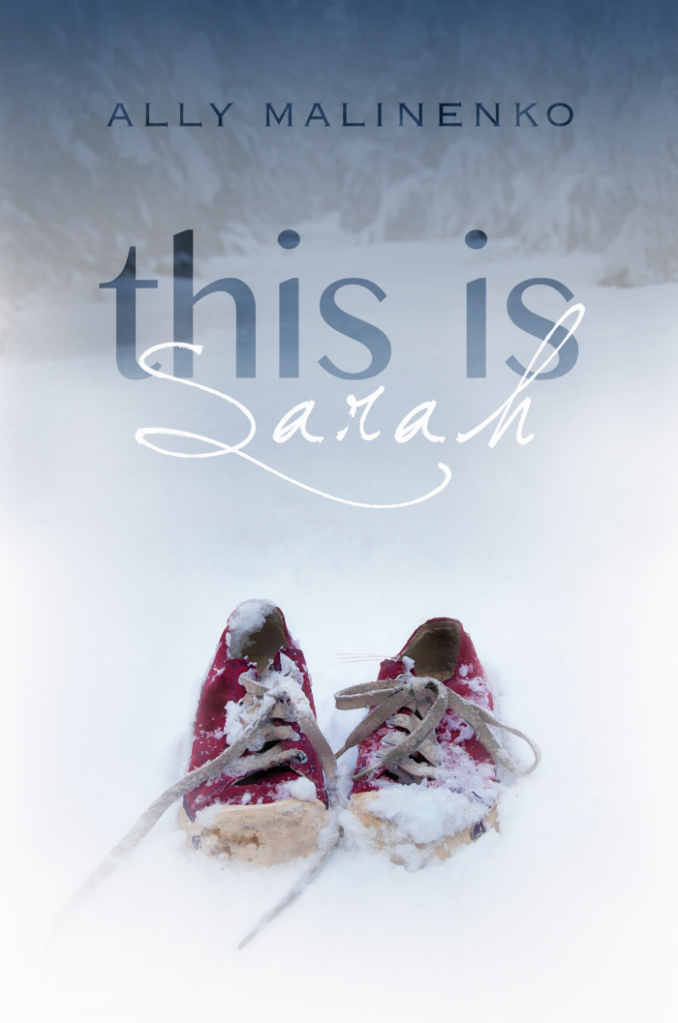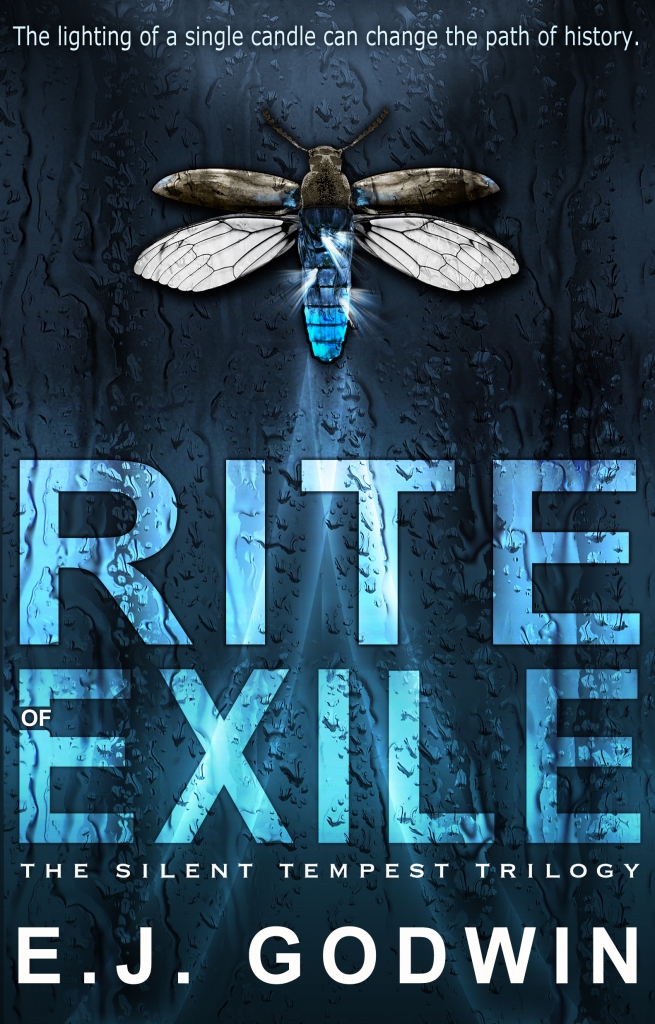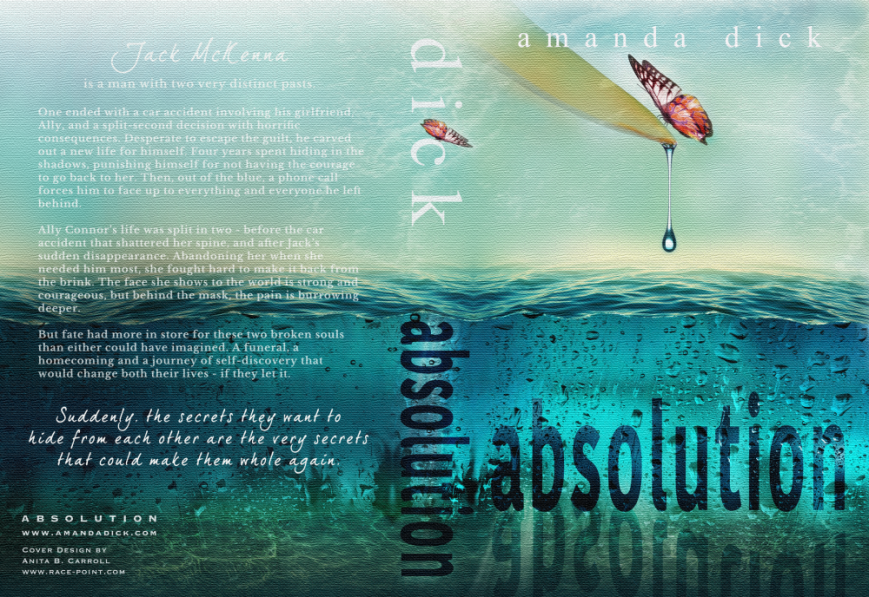I would like to introduce my guest today, author Chris Longmuir, of Montrose, Scotland.
What a challenge my author/friend, Chris Longmuir, has undertaken. Her latest series of crime novels features Kirsty Campbell, a policewoman in Scotland during and after WWI.
Death of a Doxy is dedicated to the memory of Jean Forsyth Thomson, Dundee’s first policewoman. The fictional Kirsty Campbell goes through much of the lack of acceptance and the condescension that Ms. Thomson did in real life. In Death of a Doxy, Kirsty Campbell does her best to be taken seriously as a competent policewoman, but it is an uphill struggle against the nearly all-male staff. She is keen to prove herself and solve the crime when a local prostitute is murdered.
We sympathize with Kirsty as she faces obstacles typical of the ones that plagued women in the work force nearly 100 years ago. Many of the townspeople thought a woman had no place in the police force. She should be at home minding the children and keeping the house for her husband.
In Death of a Doxy, a prostitute is killed in the city of Dundee. Ms. Longmuir must keep her characters, the setting, and the events true to post WWI times. Attitudes were different in 1919. Clothing was of a different style. Some postwar food shortages still existed. Many inventions we take for granted today, were not even thought of yet. The author had a huge challenge not to slip up and mention something in her novel that was yet to be invented.
Ms. Longmuir’s writing is convincing as she transports us back to those post WWI days, showing us the frustration Kirsty (and working women of her time) endured.
The closer Kirsty comes to tracking down the killer, the more she puts her own life in danger.
The author keeps the tension rising as she guides us through the investigation.
I felt as if I were watching a movie that kept me well entertained.
About Chris Longmuir
Chris Longmuir is an award winning novelist who has published three novels in her Dundee Crime Series. Night Watcher, the first book in the series, won the Scottish Association of Writers’ Pitlochry Award, and the sequel, Dead Wood, won the Dundee International Book Prize, as well as the Pitlochry Award. Missing Believed Dead is the third book in the series.
Chris also publishes a historical crime series, The Kirsty Campbell Mysteries, set during and just after the Great War. This series features Kirsty Campbell, one of Britain’s first policewomen. There are currently three books in this series; The Death Game, Devil’s Porridge, and Death of a Doxy.
Her crime novels are set in Dundee, Scotland, and have been described as scary, atmospheric, page turners. Chris also writes historical sagas, short stories and historical articles which have been published in America and Britain. Writing is like an addiction to me, Chris says, I go into withdrawals without it.
To find out more about Chris Longmuir and her books, visit her blogsite and her website:
http://chrislongmuir.blogspot.ca
https://www.chrislongmuir.co.uk/











